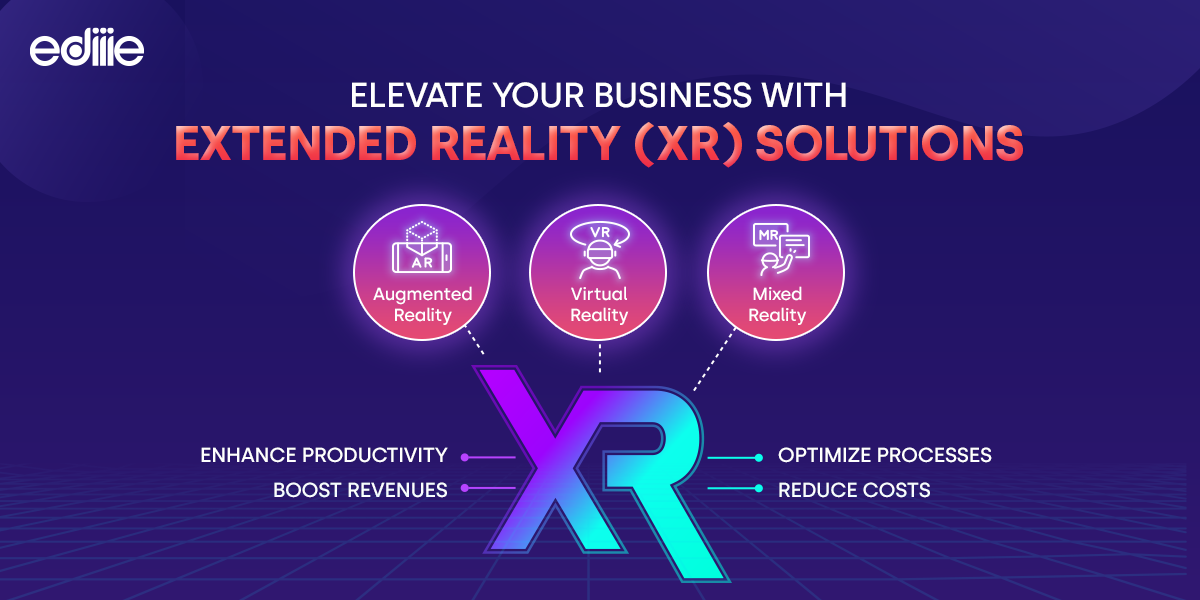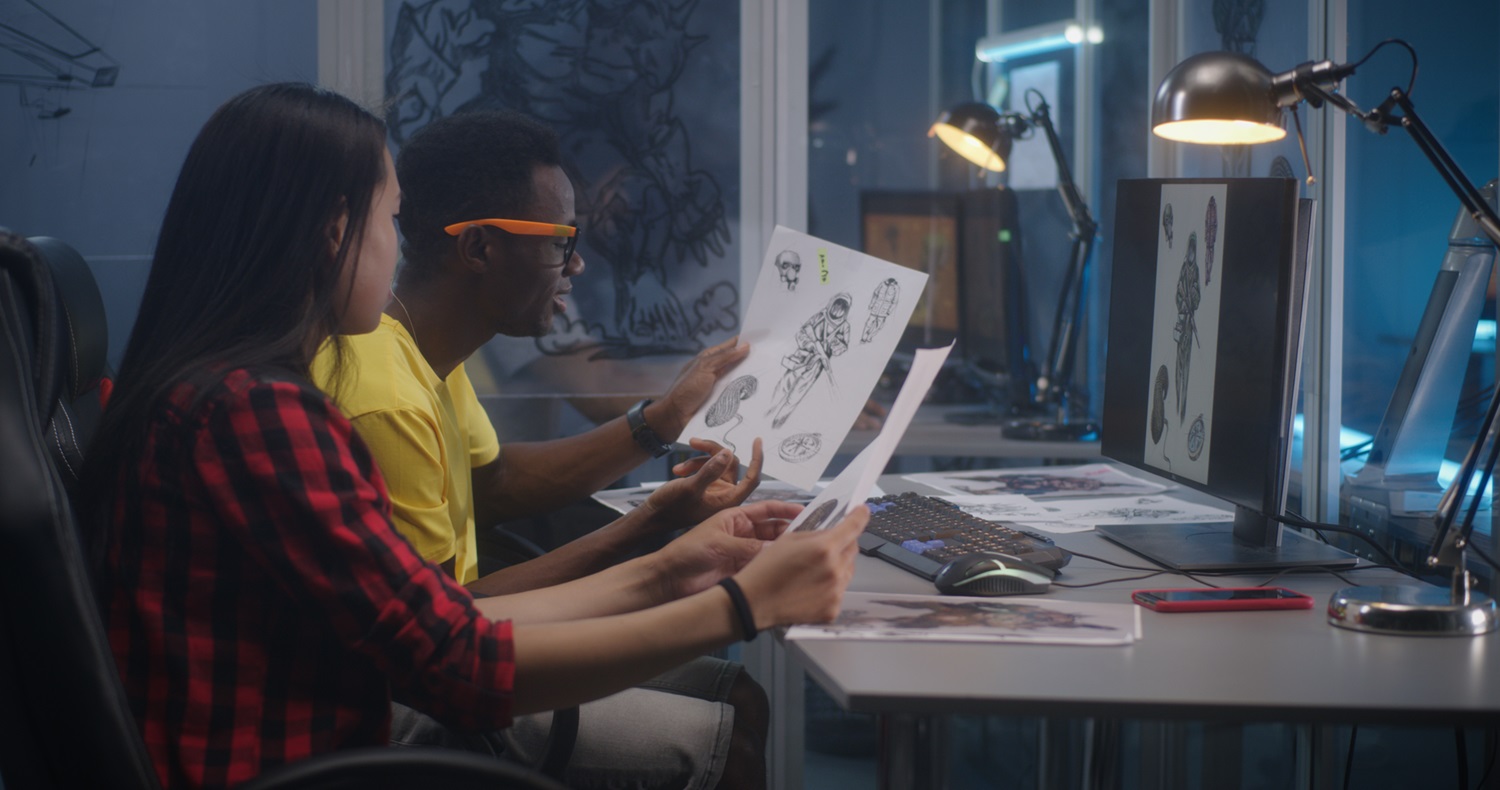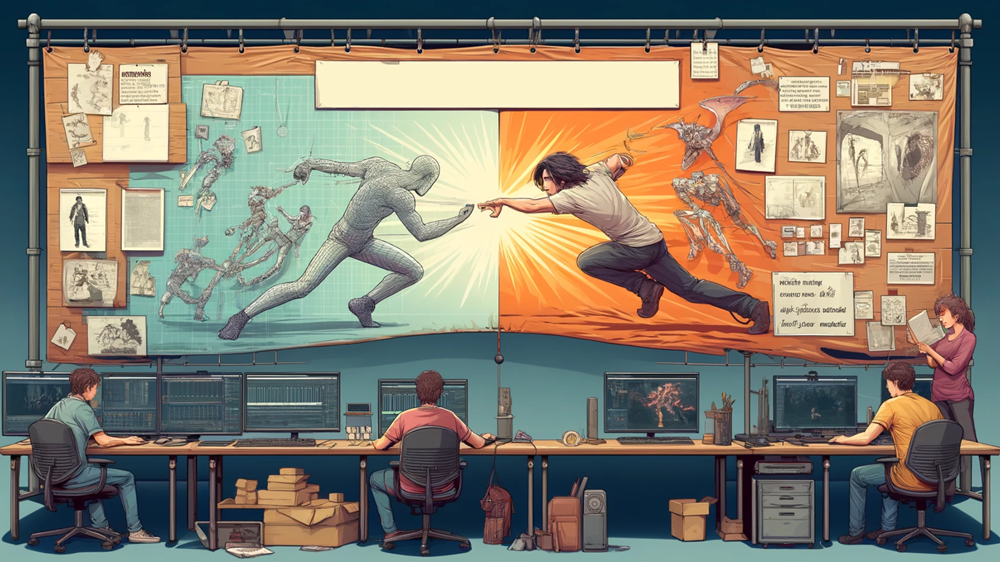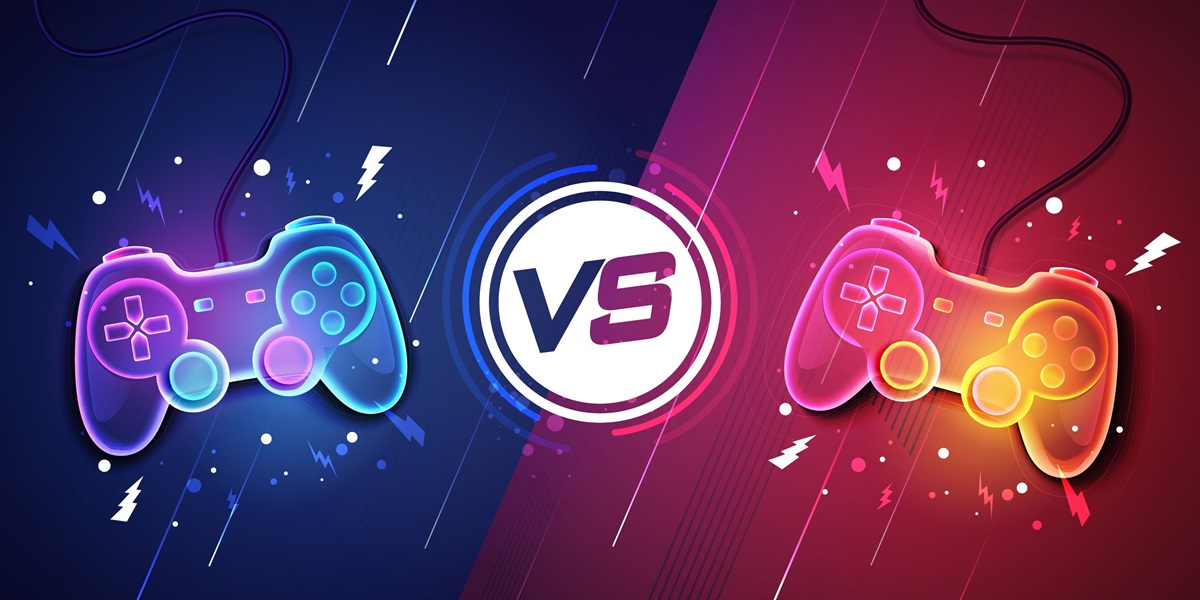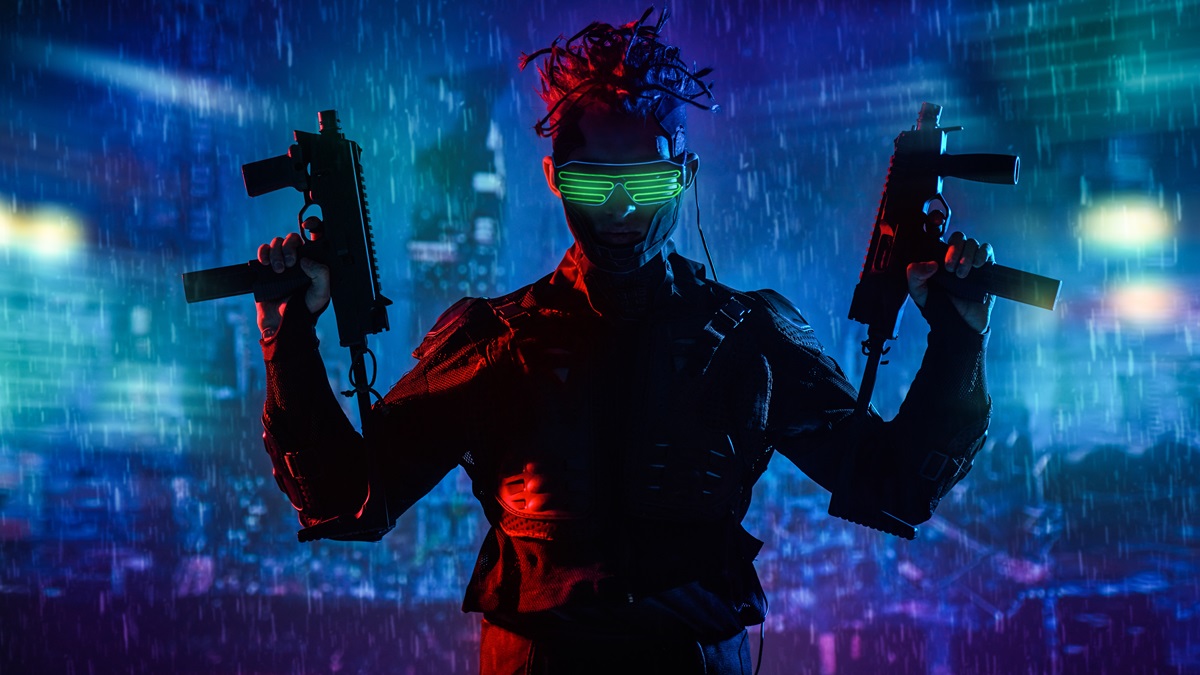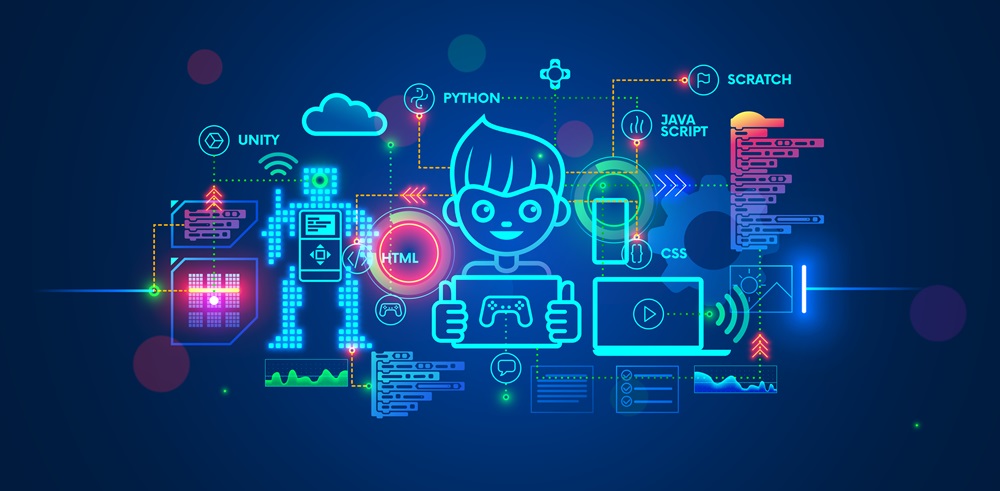What are the Benefits of Applying Extended Reality Solutions for Your Business
Seeing is believing. That’s a thought that rings true in many facets of our lives. Especially when it comes to watching visuals and spatial content, as they seem to extend our grasp on reality in ways we want to explore or desire.
The phrase ‘extended reality,’ or XR, is a catchall term that best describes the use of technologies that push us into augmented, virtual, or mixed worlds. Here, you can get the best of more than just one world. And a symphony of pixels and perceptions that enable a host of extended reality benefits.
What is Extended Reality? Leading Industry Examples
We’re all aware of digital technologies such as VR, AR, and MR, including the hardware or tech that enables them. XR (short for extended reality) references a point when two or more of these emerging pieces of tech are combined to produce a dynamically new experience.
It is often used to create and offer varying degrees of immersion and interaction. It can be best observed while in use amongst sectors that extended reality benefits, such as with XR in defense, manufacturing, healthcare, construction, and more.
Now, the global market size for VR and AR is predicted to cross $100 billion by 2026 (Statista) and exhibits a sharp increase in adopting these technologies amongst businesses and consumers.
With the segment of the market for consumers standing tall at nearly 32$ billion in 2023: Here are some famous examples of XR solutions and essential technologies:
✔️ HoloLens 2
The HoloLens 2 is a successor to Microsoft’s original HoloLens and is quite a popular mixed-reality headset in the industry. It has proven to be useful for tasks including training, collaborations, or design – the most popular of which has to be its use by NASA:
Lockheed Martin has deployed using the HoloLens 2 for tasks pertaining to assembly and design on the Orion spacecraft. Which will be carrying NASA’s Artemis II mission.
✔️ Magic Leap 2
The Magic Leap 2 is another mixed-reality headset and not the first of the series, as the name indicates. Built by Magic Leap, it’s the succeeding headset of choice for those who had settled into using the first version, which, in fact, has been a godsend for entertainment and education. Especially for its extended reality benefits.
Popular examples include how Dassault Systèmes uses the Magic Leap headsets for training their customers or how Siemens uses the same for designing and testing products.
✔️ Oculus Quest 2
Though Quest 3 is already on the way and many in the industry are looking forward to the extended reality benefits that will bring, the Quest 2 is still an impressive piece of hardware.
As a VR headset developed by Meta, it has been primarily used for fields like gaming, entertainment, training, and fitness.
However, we’ve also seen it being used by enterprises such as The Home Depot which uses Quest 2 to allow customers to experience new home improvement projects virtually.
From Bosch using the Quest 2 to train employees on their products to NASA using it to train astronauts. The Mayo Clinic uses it to train surgeons for procedures.
Now the number of VR and AR headsets that are estimated to have shipped in 2023 has risen to 95 million – more than thrice the units that the global markets saw back in 2020.
And, with more devices enabling XR experiences such as the Quest 3 and Apple Vision Pro poised to hit the markets. Consumers and enterprises can be sure of gaining a lot more extended reality benefits.
A Vision for the Pros: Exploring Business Benefits of XR
The enterprise segment of the VR and AR markets is predicted to grow to nearly $16 billion by the start of 2024. Now we’ve already discussed how some of the leading examples in the industry are keeping pace with a slew of new software and technologies lined up.
And so, it’s only natural to examine the extended reality benefits this momentum will bring to various industries. Including the business benefits of MR that combine the best of VR and AR:
✔️ Training
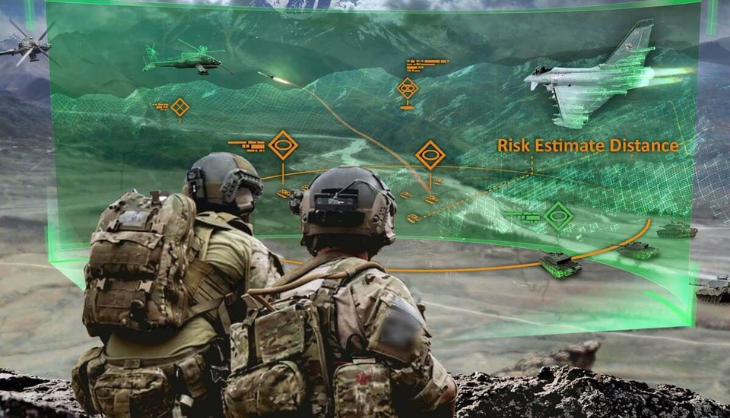
One of the main extended reality benefits that a lot of companies have discovered with their use of the tech is the ability to host training environments.
Specifically, immersive training rooms and experiences for their employees who can use the space to complete a series of tasks and scenarios important to their roles. All this, from the safety of a controlled virtual space where the procedures are safe to perform.
For example, AR development as part of XR programs to help assist with on-site training. Employees gain from seeing instructions, diagrams and even stats overlayed onto the physical objects they see. This allows them to train or get educated for their role in the business in an efficient manner.
✔️ Marketing
A crowning feature of XR applications and their technologies is that they can be flipped outwards to potential customers by companies. Businesses can cater to or present a direct link for their potential consumers to try their products and services.
This can add a unique side to an enterprise’s marketing campaign and boost sales from a rapidly growing market of XR enthusiasts.
Again, by using AR and mixed reality solutions, companies have been able to have customers ‘try before they buy’ their products and services. Popular examples include L'Oréal which uses an MR headset to allow their customers to virtually ‘try’ their products such as cosmetics.
IKEA Place is an app for IKEA’s old and new customers to see how specific furniture will look in their homes using AR.
✔️ Product Design
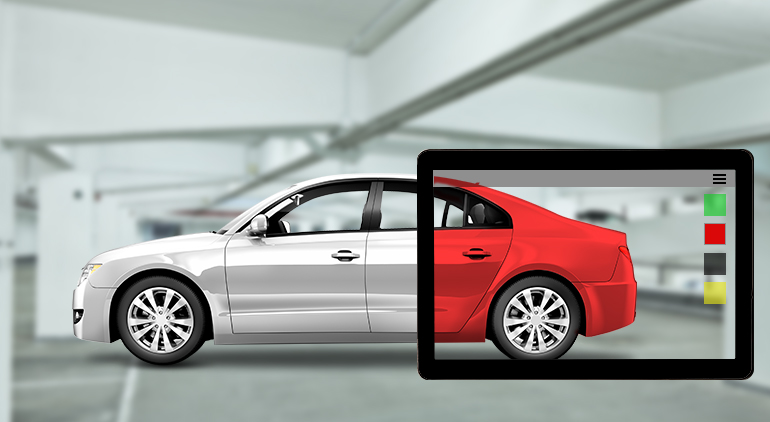
One more facet of businesses that extended reality benefits is how the immersive pieces of tech can really fasten the design and visualization stage. It can be leveraged to an enterprise’s existing capabilities or even enhance their operations with XR making room for faster prototypes and design-making.
All this is enabled by the sanctity of virtual environments or by using augmented visuals to guide the process.
Mixed reality headsets and software using AR or VR programs have been pioneering forces in this segment. It has helped by allowing clients and teams in businesses to visualize products and their functions, by projecting them in physical spaces.
For instance, Ford Motor Company opted for extended reality benefits as they use VR headsets and programs to both design and test their vehicles.
Related post: Putting Augmented Reality in Cars
✔️ Remote Collaborations
In today’s post-covid world where many companies have changed or adapted to the pandemic, remote collaborations have seen a staggering increase amongst many enterprises across different industries.
Now, there are many extended reality benefits to using XR in the office space aside from operations, but they can also be vital in improving how teams communicate. And it can enable a strong sense of teamwork amongst various employees – as if they were in the same space.
Mixed reality headsets and solutions are being used to this effect by allowing colleagues to discuss and speak in virtual shared spaces. Other features include the ability to interact with virtual objects in real time when discussing plans or concepts.
For example, Cisco and KPMG use XR programs that include the use of Quest 2 and Magic Leap One respectively, to remotely collaborate with their clients on projects.
Embracing XR Use Cases and New Business Frontiers
Though many of the technologies that comprise XR are still in their early stages, their extended reality benefits makes them of great use across various fields.
One might see the use of MR or VR headsets, of AR applications, or perhaps a mix of both or more, but their use cases have rapidly increased across different sectors. Let’s take a look at some use cases of XR across various industries:
✔️ XR for Construction Industry
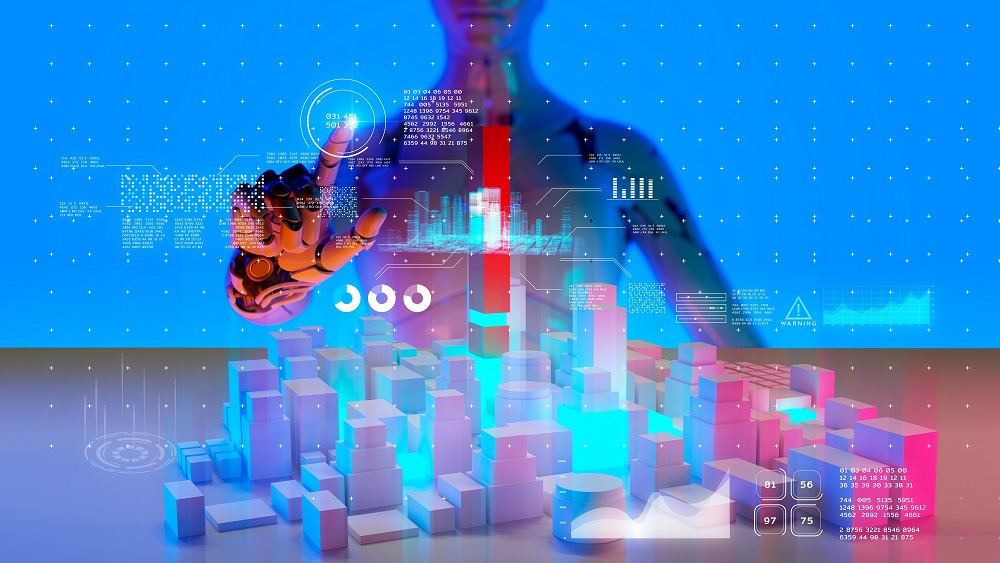 XR technologies and solutions enable several new functions for companies involved in construction, the most important of which are safety training and product simulations.
XR technologies and solutions enable several new functions for companies involved in construction, the most important of which are safety training and product simulations.
Virtual reality programs and MR apps can be used in combination with practice sessions so that workers can learn and train in safe environments. Moreover, extended reality benefits enable them to view designs and plans in a virtual space thereby giving them room to make adjustments based on this.
For instance, Skanska is a Sweden-based construction company that uses VR to train its workers in using heavy machines in a safe manner. Turner Construction, a US-based company, similarly uses XR solutions through MR headsets for their engineers to have an idea of the design and plans of their projects.
✔️ XR for Healthcare Industry
Healthcare professionals and medical institutes have slowly but surely woken up to the utilities of XR, especially when used for training and education. It can assist doctors on a range of matters pertaining to patient care and managing their health, especially mental health.
It can also help engage with patients better by making educational content that teaches them about their condition and the treatment they’ll receive.
For instance, the VA Boston Healthcare System sees the use of XR in helping veterans who are suffering from PTSD. Post-traumatic stress disorder can be caused by a number of things, most importantly by living and reliving some of the worst experiences of life. They have a therapy program powered by VR which lets veterans to manage their PTSD symptoms.
✔️ XR for Manufacturing Industry
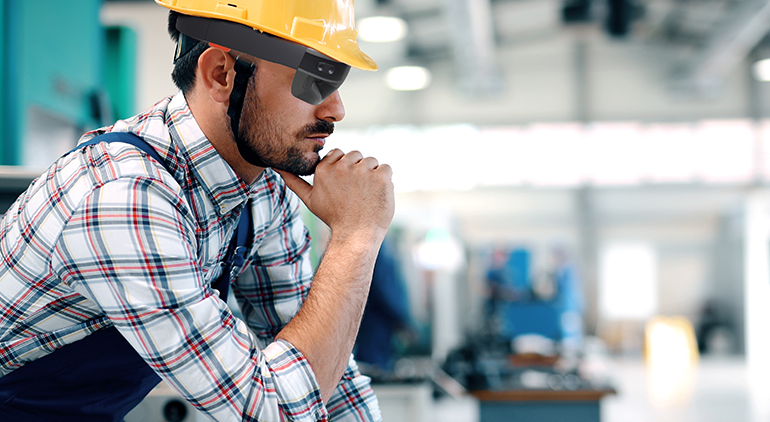 Similar to the construction industry, XR in manufacturing can be seen in use for a variety of options by organizations. While its true that it enhances safety and minimizes risks, it is also important in how XR is helping companies to design their products better.
Similar to the construction industry, XR in manufacturing can be seen in use for a variety of options by organizations. While its true that it enhances safety and minimizes risks, it is also important in how XR is helping companies to design their products better.
And also during different phases of development so that no mistakes are made that will increase the time and money consumed by it.
Boeing and Ford are the names of two companies that are using XR during manufacturing. They are using AR overlays for their aircraft and cars respectively – where the apps display important pieces of info on the real world and that way, help with the assembly. This is an important step in letting engineers visualize designs and it works in both their favor.
Related post: HoloLens in Manufacturing: Use Cases of Speeding Up Manufacturing
✔️ XR for Retail Industry
The retail industry is not a novice in adopting XR solutions and it has seen the use of VR, AR, and MR programs or tech for a variety of functions.
The most common or popular examples of these use cases for retail include how extended reality benefits enable customers to try on products before buying them. Or how it is used to let shoppers have a new way to navigate a brand’s store.
Companies like L’Oreal and Sephora already lead the way in using AR in letting their customers try on their products with L’Oreal going a step further – and enabling the use of VR to train its employees for retail work.
Then there are the instances of IKEA and Amazon creating XR programs that allow customers to view their products in the settings of their homes.
As we conclude this foray into the world of XR and explore extended reality benefits for consumers and businesses, it’s evident that the use cases and possibilities are a game-changer.
It is a game-changer for every company willing to revolutionize their organization with XR capabilities and solutions whether it’s a step towards better training and collaborations or a moment for exploring new design methods and opportunities for customer engagements.
As an AR VR development company, we excel at creating the extraordinary with our team’s prowess in crafting virtual and augmented designs. Contact us for a rundown on how we can help you harness the power of XR for your business.
Embrace the digital and virtual pixels that are sure to give your company a competitive edge in conquering new frontiers.
